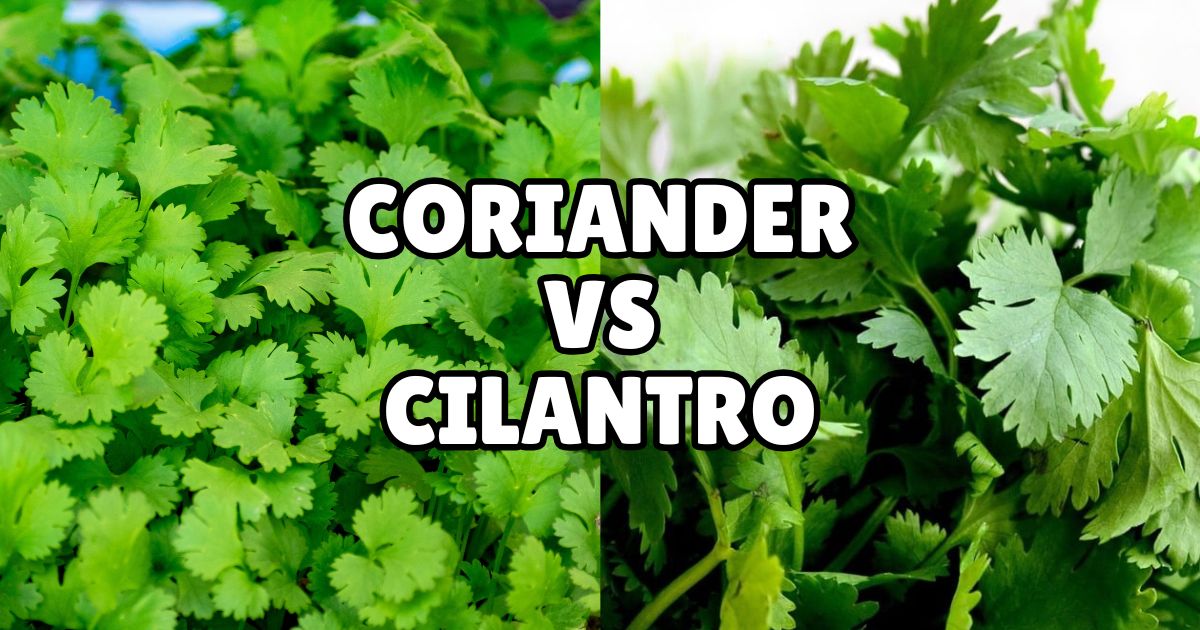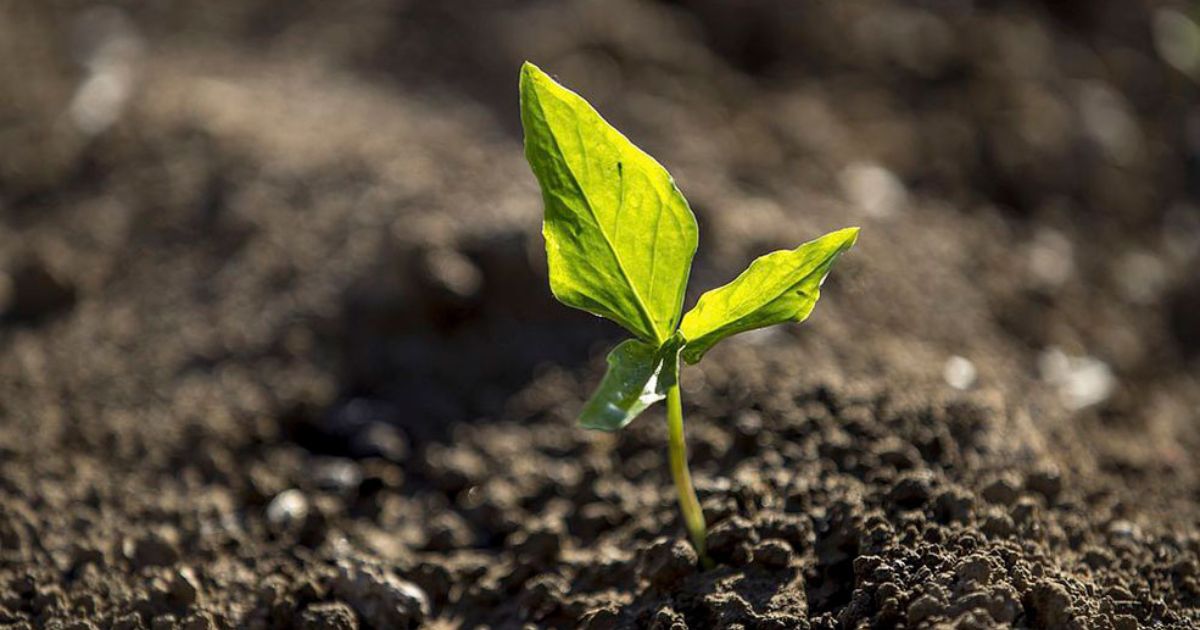
Coriander vs. Cilantro: Understanding the Difference
Coriander and cilantro are terms that often confuse even seasoned cooks. Despite referring to the same plant, Coriandrum sativum, their usage, meaning, and application vary widely depending on geography and culinary traditions. This guide dives deep into the world of coriander and cilantro, dissecting their definitions, cultural differences, culinary applications, and health benefits.
The Basics: What Are Coriander and Cilantro?
Both coriander and cilantro come from the same plant, Coriandrum sativum. The difference lies in which part of the plant you’re referring to and where you are in the world.
In the United States and Canada:
- Cilantro refers to the fresh, green leaves and stems of the plant.
- Coriander refers to the seeds, which are dried and often ground into a spice.
In the UK, Australia, and much of Europe:
- The term coriander encompasses both the fresh leaves and the seeds.
- “Cilantro” is rarely used.
This regional distinction is the root of much confusion.
Flavor Profiles: Fresh vs. Seed
The flavor of cilantro leaves is drastically different from that of coriander seeds, making them unique in their applications.
Cilantro (Leaves and Stems):
- Flavor: Bright, citrusy, slightly peppery, and herbaceous. For some, cilantro has a soapy taste due to genetic predispositions related to the perception of aldehydes.
- Uses: Common in Latin American, Southeast Asian, and Indian cuisines. Cilantro is a staple in salsas, guacamole, curries, and soups.
Coriander (Seeds):
- Flavor: Warm, nutty, with hints of citrus and spice. Ground coriander has a milder, earthy flavor.
- Uses: Essential in spice blends like garam masala and curry powder. It enhances baked goods, stews, pickles, and marinades.
Cultural Significance
Coriander and cilantro have deep roots in global cuisines:
- Indian Cuisine: Both the leaves and seeds are indispensable. Cilantro garnishes dals and curries, while coriander seeds are toasted and ground for spice mixes.
- Mexican Cuisine: Cilantro is a key ingredient in pico de gallo, tacos, and soups.
- Middle Eastern Cuisine: Ground coriander flavors hummus, falafel, and roasted meats.
- Southeast Asian Cuisine: Cilantro is vital in Thai salads, Vietnamese pho, and dipping sauces.
Culinary Applications: When to Use What
Understanding how to use cilantro and coriander can elevate your cooking:
-
Cilantro Leaves:
- Add them fresh and uncooked to preserve their delicate flavor.
- Use as a garnish or blend into sauces like chimichurri or pesto.
-
Coriander Seeds:
- Toast whole seeds to enhance their aroma before grinding.
- Incorporate into spice rubs, soups, and baked goods for a warm, complex flavor.
Health Benefits of Coriander and Cilantro
The Coriandrum sativum plant offers impressive health benefits:
Cilantro:
- Rich in vitamins A, C, and K.
- Contains antioxidants that support detoxification and reduce inflammation.
- May help reduce heavy metal toxicity.
Coriander Seeds:
- Aid digestion and alleviate bloating.
- Contain antimicrobial and antifungal properties.
- Help regulate blood sugar levels and cholesterol.
How to Store and Use
Cilantro:
- Storage: Wrap in a damp paper towel, place in a bag, and refrigerate. Alternatively, store stems in water like a bouquet.
- Shelf Life: Best used within a week.
Coriander Seeds:
- Storage: Keep in an airtight container in a cool, dark place.
- Shelf Life: Whole seeds last up to a year, while ground coriander stays fresh for 6 months.
Fun Facts About Coriander and Cilantro
- The name “cilantro” comes from the Spanish word for coriander.
- Coriander seeds were found in the tomb of Tutankhamun, suggesting their use dates back over 3,000 years.
- Cilantro is known as “Chinese parsley” in some regions.
Conclusion
Coriander and cilantro may come from the same plant, but their roles in cooking, flavor profiles, and cultural associations make them distinct. By understanding these differences, you can bring out the best in your culinary creations and appreciate the versatility of Coriandrum sativum.



